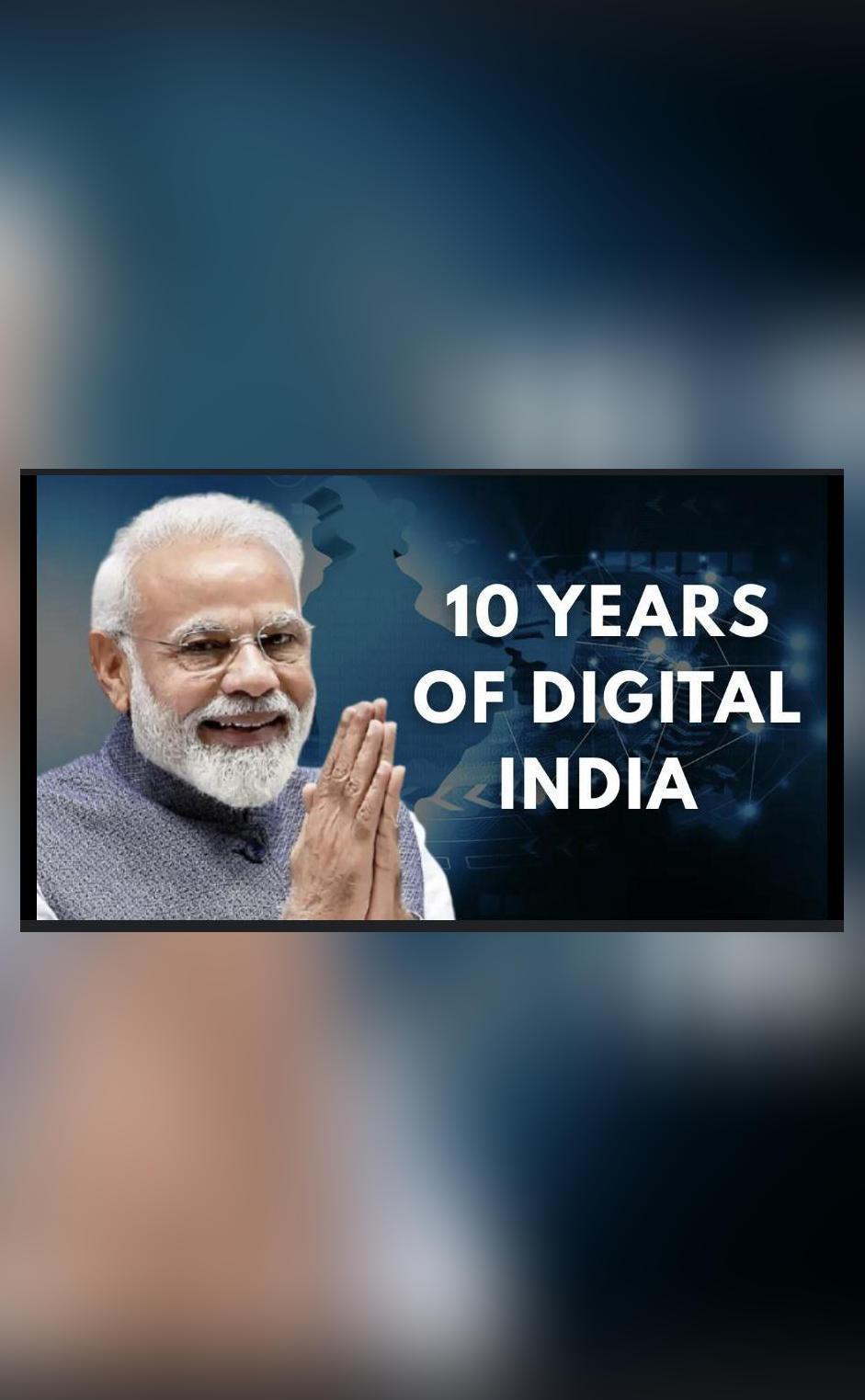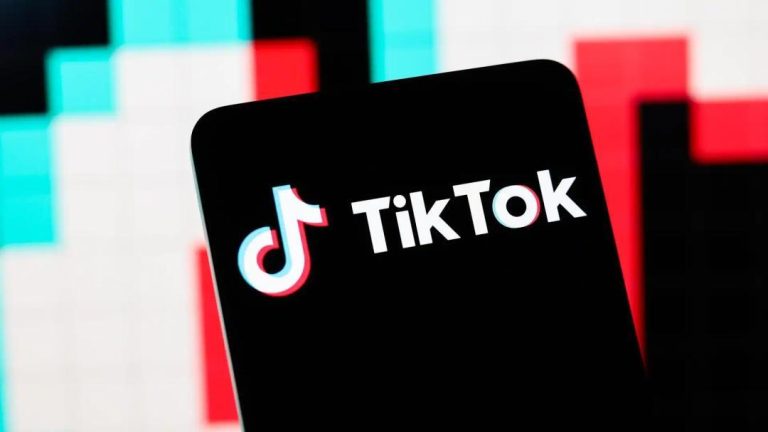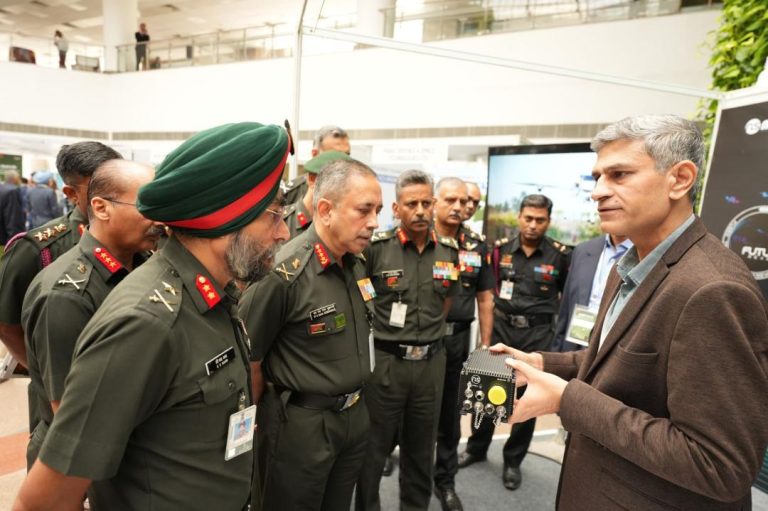
10 years of Digital India: Milestones in tech, health & education
As the world celebrates the 10th anniversary of the Digital India initiative, Prime Minister Narendra Modi took to the stage to highlight the significant progress the country has made in transforming into a digitally empowered society. Launched in 2015, Digital India aimed to bridge the digital divide, promote digital literacy, and make India a hub for technology-driven innovation. In this blog post, we’ll take a closer look at the milestones achieved by Digital India in the realms of education, healthcare, MSMEs, and AI, as well as the emerging trends and future prospects.
Education:
One of the key areas where Digital India has made a significant impact is in the education sector. The government’s efforts to promote digital learning have led to a significant increase in online education platforms, e-learning resources, and digital literacy programs. The National Digital Library of India, launched in 2016, has made over 50 million educational resources available online, catering to students of all ages and levels. Additionally, the government’s push for digital payments has enabled students to easily pay fees, purchase digital content, and access educational services online.
The Digital India initiative has also led to the development of online platforms for skill development and vocational training. The National Career Service (NCS) portal, for instance, provides a range of career counseling and job placement services to students and professionals alike. The government’s efforts to promote digital education have also led to an increase in the adoption of digital tools and technologies in schools, making education more accessible and engaging for students.
Healthcare:
Digital India has also made significant strides in the healthcare sector, with a focus on leveraging technology to improve healthcare outcomes, increase accessibility, and reduce costs. The Ayushman Bharat Digital Mission, launched in 2021, aims to create a comprehensive digital health ecosystem, enabling patients to access their medical records, consult doctors online, and receive telemedicine services.
The government’s efforts to promote digital health have also led to the development of innovative healthcare solutions, such as AI-powered diagnostic tools, telemedicine platforms, and digital health records. The National Digital Health Mission (NDHM) has made significant progress in digitizing healthcare records, enabling patients to access their medical history and prescriptions online.
MSMEs:
Digital India has also played a crucial role in promoting the growth of Micro, Small, and Medium Enterprises (MSMEs) in India. The government’s initiatives to promote digital entrepreneurship, e-commerce, and online marketplaces have enabled MSMEs to reach a wider customer base, increase their sales, and reduce their operational costs.
The Government e-Marketplace (GeM), launched in 2016, is a digital platform that enables MSMEs to sell their products and services to government agencies and other buyers. The Open Network for Digital Commerce (ONDC), launched in 2021, is another initiative that aims to promote digital commerce by enabling MSMEs to sell their products online.
AI and Startups:
India’s startup ecosystem has also been a significant beneficiary of Digital India’s initiatives. The government’s push for AI, artificial intelligence, and machine learning has enabled startups to develop innovative solutions, such as AI-powered chatbots, virtual assistants, and predictive analytics tools.
The government’s $1.2 billion AI Mission, launched in 2020, aims to promote AI research and development, as well as its adoption across various sectors, including healthcare, education, and finance. The mission has led to the establishment of AI research centers, incubators, and accelerators, providing a boost to India’s AI ecosystem.
Affordable GPU Access:
Another significant development in India’s tech landscape is the launch of affordable GPU access. The government’s initiative to promote GPU access has enabled Indian startups and developers to access high-performance computing resources, enabling them to develop complex algorithms, simulations, and data analytics tools.
Humanity-First Approach to Technology:
As India looks to the future, it’s clear that the government’s approach to technology will be guided by a humanity-first approach. The government’s focus on using technology to improve healthcare outcomes, increase digital literacy, and promote digital entrepreneurship is a testament to this approach.
In conclusion, the 10th anniversary of Digital India is a significant milestone that highlights the progress made by the government in transforming India into a digitally empowered society. From education to healthcare, MSMEs to AI, Digital India has made a significant impact on various sectors, and its legacy will continue to shape India’s tech landscape in the years to come.
Source:






